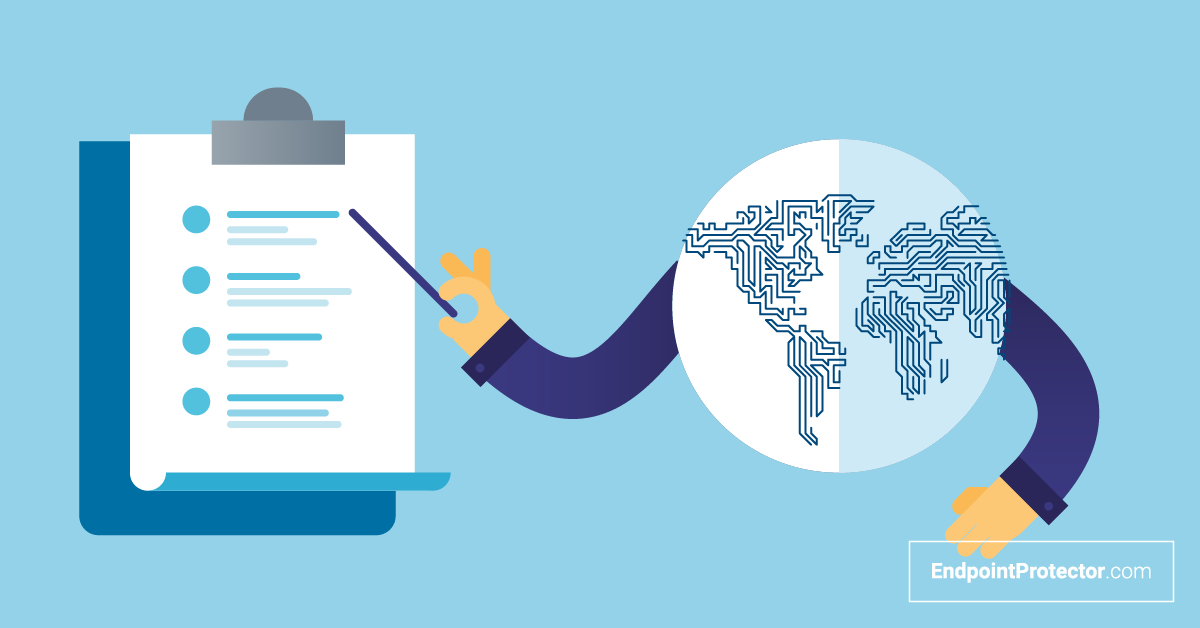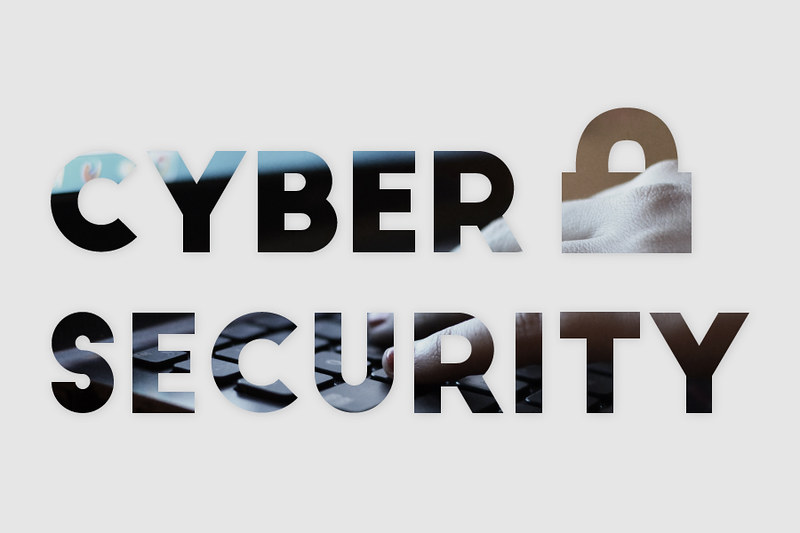“Discover the fundamentals of cybersecurity, its importance, types of threats, and best practices to protect your digital life. Learn how cybersecurity measures can safeguard businesses and individuals from cyber attacks.”
Introduction
In our digital age, cybersecurity has become a buzzword, but what exactly does it entail? Cybersecurity refers to the practices and technologies designed to protect systems, networks, and data from cyber threats. As our reliance on technology grows, understanding cybersecurity’s importance and implementing best practices is crucial for everyone—from individuals to large corporations.
Cybersecurity Definition
At its core, cybersecurity is the practice of defending computers, servers, mobile devices, electronic systems, networks, and data from malicious attacks. It encompasses various measures to ensure the confidentiality, integrity, and availability of information.

Importance of Cybersecurity
The importance of cybersecurity cannot be overstated. With cyber threats evolving rapidly, robust cybersecurity measures are essential to protect sensitive information from breaches and ensure the smooth operation of systems and networks. Cyber attacks can lead to significant financial losses, damage to reputation, and even national security threats.
Types of Cybersecurity Threats
Understanding the types of cybersecurity threats is vital for effective defense. Some common threats include:
- Malware: Malicious software like viruses, worms, and ransomware designed to damage or disrupt systems.
- Phishing: Deceptive attempts to obtain sensitive information by pretending to be a trustworthy entity.
- Man-in-the-Middle (MitM) Attacks: Intercepting and altering communication between two parties.
- Denial-of-Service (DoS) Attacks: Flooding a network with traffic to render it unusable.
- SQL Injection: Exploiting vulnerabilities in an application to execute malicious SQL statements.
Cybersecurity Basics
Cybersecurity basics involve fundamental practices to safeguard digital information. These include:
- Strong Passwords: Creating complex passwords and changing them regularly.
- Firewalls: Using hardware or software firewalls to block unauthorized access.
- Antivirus Software: Installing and updating antivirus software to detect and remove malware.
- Regular Updates: Keeping systems and software updated to fix vulnerabilities.
- Backups: Regularly backing up data to prevent loss in case of a cyber attack.
Cybersecurity Best Practices

Implementing cybersecurity best practices can significantly reduce the risk of cyber threats:
- Use Multi-Factor Authentication (MFA): Adding an extra layer of security beyond just passwords.
- Educate Employees: Training staff to recognize and respond to potential threats.
- Monitor Network Traffic: Keeping an eye on network activity to detect unusual behavior.
- Develop an Incident Response Plan: Preparing a plan to respond swiftly to a cyber incident.
- Regular Security Audits: Conducting audits to identify and address security weaknesses.
Cybersecurity for Businesses
Businesses face unique cybersecurity challenges due to the volume and sensitivity of data they handle. Key strategies for businesses include:
- Risk Assessment: Identifying and prioritizing potential risks.
- Data Encryption: Encrypting sensitive data to protect it from unauthorized access.
- Access Controls: Limiting access to critical information based on user roles.
- Employee Training: Conducting regular cybersecurity training sessions.
- Cybersecurity Policies: Establishing clear policies for data protection and incident response.
Cybersecurity for Individuals
Individuals also need to be vigilant about cybersecurity to protect personal information:
- Secure Personal Devices: Using security software and keeping devices updated.
- Beware of Phishing: Being cautious of unsolicited emails and messages.
- Use Secure Connections: Avoiding public Wi-Fi for sensitive transactions.
- Monitor Accounts: Regularly checking bank and online accounts for suspicious activity.
- Personal Data Management: Being mindful of the information shared online.
Cybersecurity Tools
A variety of tools are available to help bolster cybersecurity efforts:
- Firewalls: Hardware or software that blocks unauthorized access.
- Antivirus Software: Programs that detect and remove malicious software.
- Encryption Tools: Software that encrypts data to protect it during transmission.
- Intrusion Detection Systems (IDS): Tools that monitor network traffic for suspicious activity.
- Password Managers: Applications that securely store and manage passwords.

Network Security
Network security involves protecting the integrity and usability of network data and resources. It includes:
- Firewalls and IDS: Blocking unauthorized access and detecting intrusions.
- VPNs: Creating secure connections over the internet.
- Access Controls: Restricting access to network resources.
- Wireless Security: Securing Wi-Fi networks with strong passwords and encryption.
Information Security
Information security focuses on protecting data from unauthorized access and breaches. Key practices include:
- Data Encryption: Encrypting data both at rest and in transit.
- Access Controls: Implementing role-based access to sensitive information.
- Regular Audits: Conducting audits to ensure compliance with security policies.
- Incident Response: Preparing for and responding to data breaches promptly.
Data Protection
Data protection involves safeguarding personal and sensitive information from unauthorized access. This includes:
- Encryption: Encrypting data to make it unreadable to unauthorized users.
- Access Controls: Restricting access to data based on user roles.
- Data Masking: Hiding sensitive data by replacing it with anonymized information.
- Regular Backups: Ensuring data is backed up regularly to prevent loss.

Cyber Attack Prevention
Preventing cyber attacks requires a proactive approach, including:
- Regular Updates: Keeping software and systems up to date.
- Employee Training: Educating employees on recognizing and preventing cyber threats.
- Network Monitoring: Monitoring network traffic for signs of attacks.
- Secure Configurations: Configuring systems and software securely.
- Incident Response Plans: Having a plan in place to respond to attacks swiftly.
Cybersecurity Trends
Staying informed about cybersecurity trends can help anticipate and counter emerging threats. Current trends include:
- Artificial Intelligence (AI) in Cybersecurity: Using AI to detect and respond to threats.
- Cloud Security: Protecting data stored in the cloud.
- IoT Security: Securing internet-connected devices.
- Ransomware Defense: Developing strategies to prevent and respond to ransomware attacks.
- Zero Trust Security: Implementing a security model that assumes no trust by default.
Cybersecurity Strategies
Effective cybersecurity strategies involve:
- Risk Management: Identifying and mitigating risks.
- Incident Response: Preparing for and responding to cyber incidents.
- Security Policies: Establishing and enforcing security policies.
- Continuous Monitoring: Monitoring systems and networks for threats.
- Regular Audits: Conducting security audits to identify and address vulnerabilities.
Cybersecurity Policies
Having clear cybersecurity policies helps ensure consistent protection across an organization. These policies should cover:
- Data Protection: Guidelines for handling and protecting data.
- Access Control: Rules for granting and revoking access to information.
- Incident Response: Procedures for responding to security incidents.
- Acceptable Use: Guidelines for acceptable use of company resources.
- Employee Training: Requirements for cybersecurity training.
Cybersecurity Compliance
Compliance with cybersecurity regulations and standards is crucial for avoiding legal penalties and ensuring data protection. Key regulations include:
- GDPR: General Data Protection Regulation for protecting personal data in the EU.
- HIPAA: Health Insurance Portability and Accountability Act for safeguarding health information.
- PCI DSS: Payment Card Industry Data Security Standard for protecting cardholder data.
- CCPA: California Consumer Privacy Act for protecting consumer privacy.

Cybersecurity Risks
Identifying and managing cybersecurity risks is essential for protecting information and systems. Common risks include:
- Data Breaches: Unauthorized access to sensitive information.
- Insider Threats: Risks posed by employees or other insiders.
- Phishing Attacks: Deceptive attempts to steal sensitive information.
- Ransomware: Malware that encrypts data and demands ransom for decryption.
- DDoS Attacks: Distributed Denial-of-Service attacks that overwhelm systems with traffic.
Cybersecurity Training
Training is crucial for building a cybersecurity-aware workforce. Effective training includes:
- Phishing Simulations: Simulating phishing attacks to educate employees.
- Security Best Practices: Teaching employees best practices for data protection.
- Incident Response: Training employees on responding to security incidents.
- Regular Updates: Keeping employees informed about the latest threats.
- Interactive Sessions: Engaging employees with interactive training sessions.
Cybersecurity Awareness
Raising cybersecurity awareness helps build a security-conscious culture. This can be achieved through:
- Regular Communication: Sharing cybersecurity tips and updates.
- Awareness Campaigns: Running campaigns to highlight the importance of cybersecurity.
- Workshops and Seminars: Conducting workshops and seminars on cybersecurity topics.
- Gamification: Using games to educate employees about cybersecurity.
- Leadership Support: Ensuring leadership supports and promotes cybersecurity initiatives.
Cybersecurity Measures
Implementing effective cybersecurity measures involves:
- Access Controls: Restricting access to sensitive information.
- Encryption: Encrypting data to protect it from unauthorized access.
- Regular Updates: Keeping systems and software up to date.
- Monitoring: Continuously monitoring systems for threats.
- Incident Response: Preparing for and responding to cyber incidents.
Cybersecurity Breaches
Cybersecurity breaches can have severe consequences. Preventing and responding to breaches involves:
- Regular Audits: Conducting security audits to identify vulnerabilities.
- Incident Response Plans: Having a plan in place to respond to breaches.
- Encryption: Encrypting data to protect it from unauthorized access.
- Access Controls: Restricting access to sensitive information.
- Employee Training: Educating employees on recognizing and preventing breaches.

Conclusion
In an increasingly digital world, understanding and implementing cybersecurity is not just a technical necessity but a fundamental requirement for protecting personal and organizational assets. From recognizing the various types of cybersecurity threats to adopting best practices, every individual and business must stay vigilant and proactive. With robust cybersecurity measures in place, we can safeguard our data, maintain our privacy, and ensure the smooth functioning of our digital lives.
Whether it’s securing personal devices, educating employees, or staying updated with the latest trends and tools, cybersecurity is a shared responsibility that requires continuous effort and awareness. By prioritizing cybersecurity, we can build a safer and more secure digital environment for everyone.
